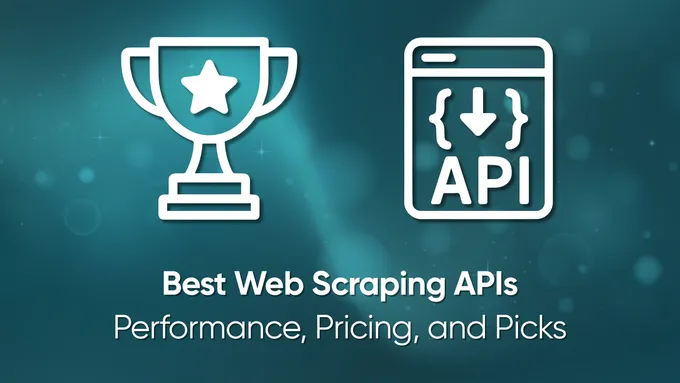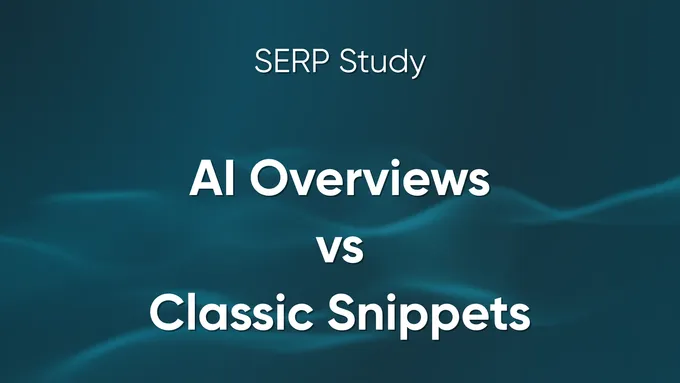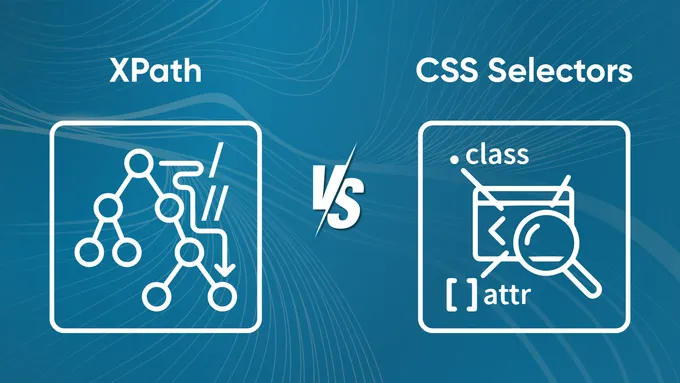Web Scraping vs Data Mining: The Engineering Difference
Web scraping and data mining sit at opposite ends of the data pipeline. Web scraping is the automated process of extracting unstructured data from web sources. It focuses on acquisition and ingestion. Data mining is the computational analysis of that structured data. It applies algorithms to discover patterns, anomalies, or correlations within existing datasets.
Engineers should view these concepts as sequential steps in an ETL pipeline rather than competing methods. Web scraping functions as the extraction layer. It gathers raw information from the internet. Data mining functions as the analytical layer. It processes that information to reveal trends. You cannot effectively mine data until you have successfully scraped and normalized it.
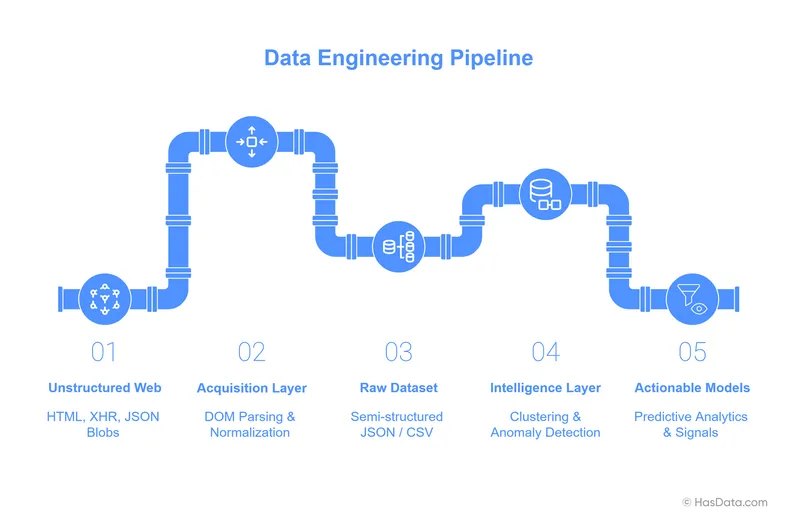
The Core Difference
| Feature | Web Scraping | Data Mining |
|---|---|---|
| Primary Goal | Data Acquisition. Extracting raw data from web sources. | Knowledge Discovery. Finding patterns in existing datasets. |
| Input | Unstructured HTML, XHR responses, JSON blobs. | Structured databases, Data Warehouses, CSVs. |
| Process | DOM parsing, HTTP requests, JavaScript rendering. | Clustering, regression analysis, anomaly detection. |
| Output | A clean dataset (SQL, CSV, JSON). | Strategic insights and predictive models. |
| Tooling | Puppeteer, Playwright, Python Requests | Pandas, R, Scikit-learn, Tableau |
What Is Web Scraping? (The Extraction Layer)
Web scraping is the programmatic process of extracting data from the Document Object Model (DOM) of websites. In the context of a data pipeline, scraping functions as the “Extract” step in an ETL (Extract, Transform, Load). It converts unstructured markup (HTML, CSS, JavaScript) into semi-structured formats (JSON, CSV) suitable for storage and processing.
APIs are the preferred method for data transfer. However, they are often expensive, limited, or non-existent. Web scraping bridges this gap by simulating a user session to fetch the necessary information directly from the source.
While marketing teams use scraping for lead generation, technical teams deploy scrapers for high-volume data acquisition:
- Price Intelligence: Real-time ingestion of competitor SKU pricing to feed dynamic repricing engines.
- Machine Learning: Building large-scale text or image datasets to train LLMs and Computer Vision models.
- Alternative Data: Aggregating non-traditional financial signals (e.g., job postings, sentiment) for hedge fund algorithms.
Read our full guide What Is Web Scraping and How You Can Use It in 2026.
Code Example: The Collector (Step 1)
To demonstrate the difference between scraping and mining, we will build a unified pipeline.
In this scenario, we will scrape a list of laptop prices to eventually detect pricing anomalies. We will use Python with requests for fetching and BeautifulSoup for DOM parsing.
In a production environment facing anti-bots (like Cloudflare), you would replace the standard requests library with the HasData API to handle headers and proxy rotation automatically.
import requests
from bs4 import BeautifulSoup
import json
# Target: A hypothetical tech e-commerce store
URL = "https://electronics.nop-templates.com/laptops"
# Headers are critical to avoid immediate 403 blocks
HEADERS = {
"User-Agent": "Mozilla/5.0 (Windows NT 10.0; Win64; x64) AppleWebKit/537.36 (KHTML, like Gecko) Chrome/143.0.0.0 Safari/537.36",
"Accept-Language": "en-US,en;q=0.9"
}
def scrape_laptops():
data_payload = []
try:
response = requests.get(URL, headers=HEADERS, timeout=10)
response.raise_for_status() # Halt on 4xx/5xx errors
soup = BeautifulSoup(response.text, "html.parser")
products = soup.select(".item-box") # Select product cards
print(f"Found {len(products)} products. Extracting data...")
for product in products:
# Extract product name
title_tag = product.select_one(".product-title a")
title = title_tag.text.strip() if title_tag else "N/A"
# Extract actual price and clean it
price_tag = product.select_one(".price.actual-price")
price_clean = float(price_tag.text.replace("$", "").replace(",", "")) if price_tag else 0.0
# Extract rating (based on width %)
rating_tag = product.select_one(".product-rating-box .rating div")
if rating_tag and "style" in rating_tag.attrs:
width_str = rating_tag["style"].split("width:")[-1].replace("%", "").strip()
rating = round(float(width_str) / 20) # 5-star scale
else:
rating = 0
item = {
"product_name": title,
"price": price_clean,
"rating": rating,
"source_url": URL
}
data_payload.append(item)
# Output to JSON - This is the input for the Data Mining phase
with open("laptops_raw.json", "w", encoding="utf-8") as f:
json.dump(data_payload, f, indent=4)
print("Success: Data saved to laptops_raw.json")
except Exception as e:
print(f"Scraping Failed: {e}")
if __name__ == "__main__":
scrape_laptops()What this code does:
- Requests & Headers: Simulates a legitimate browser request to fetch the raw HTML, bypassing basic User-Agent filters.
- DOM Parsing: Uses CSS selectors (
.item-box,.product-title,.price,.rating) to locate specific nodes in the HTML tree. - Basic Normalization: Converts the price string ($499.99) into a float (499.99) so it can be mathematically analyzed later.
- Serialization: Dumps the extracted dictionary into laptops_raw.json.
Sample Output
Here is what the collected data looks like. Notice that while we have the data, we lack context. Is the Acer 5750 a good deal? Is the Sony Vaio E overpriced?
[
{
"product_name": "Acer 5750",
"price": 1400.0,
"rating": 0,
"source_url": "https://electronics.nop-templates.com/laptops"
},
{
"product_name": "Dell Inspiron N5110",
"price": 1800.0,
"rating": 0,
"source_url": "https://electronics.nop-templates.com/laptops"
},
{
"product_name": "HP Pavilion G6",
"price": 1950.0,
"rating": 0,
"source_url": "https://electronics.nop-templates.com/laptops"
},
{
"product_name": "HP ProBook 4530s",
"price": 1900.0,
"rating": 0,
"source_url": "https://electronics.nop-templates.com/laptops"
},
{
"product_name": "Samsung RV511",
"price": 1750.0,
"rating": 0,
"source_url": "https://electronics.nop-templates.com/laptops"
},
{
"product_name": "Sony Vaio E",
"price": 2200.0,
"rating": 0,
"source_url": "https://electronics.nop-templates.com/laptops"
}
]At this stage, the data is collected but not analyzed. We have a list of prices, but we don’t yet know which ones are statistical anomalies. That is where Data Mining begins.
What Is Data Mining? (The Intelligence Layer)
Data mining is the computational process of discovering patterns, correlations, and anomalies within large datasets. It functions as the core analytical step within the broader Knowledge Discovery in Databases (KDD) framework.
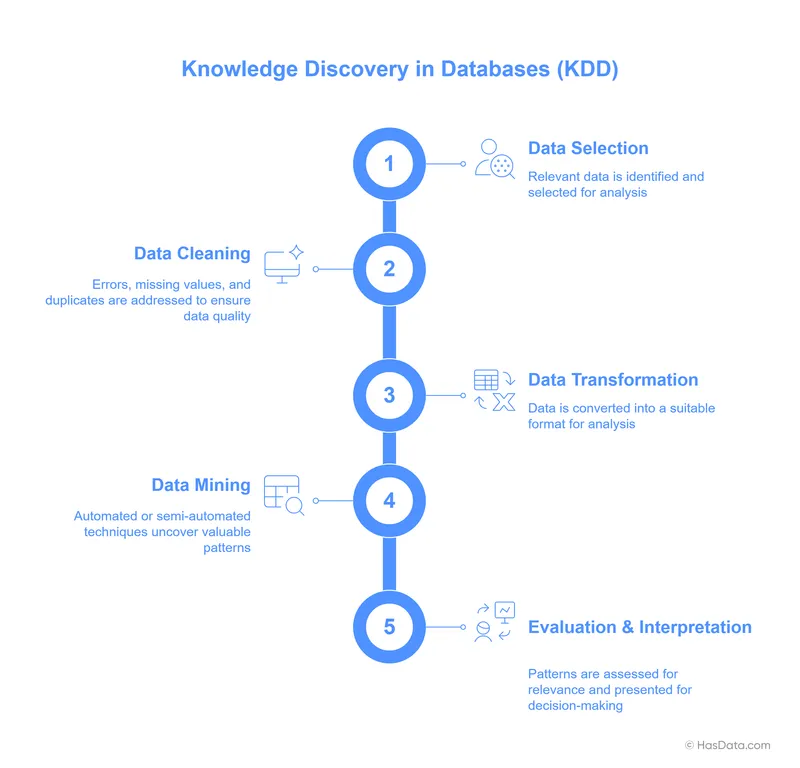
Web scraping handles data ingestion. Data mining handles pattern recognition. It utilizes statistics and machine learning to turn raw information into actionable intelligence.
Developers use data mining to answer questions that simple database queries cannot address. A SQL query asks “What was the average price last week?” while data mining asks “Which products will likely see a price drop next week?”
Core Mining Techniques
We categorize mining operations based on the algorithmic approach rather than the industry vertical.
- Anomaly Detection: This technique identifies data points that deviate significantly from the norm. It is the standard approach for fraud detection in fintech and price error monitoring in e-commerce.
- Clustering: This unsupervised learning method groups similar data points without predefined labels. Marketing teams use clustering to segment customers based on behavioral data rather than simple demographics.
- Association Rule Learning: This technique discovers relationships between independent variables in a dataset. It drives recommendation engines by identifying that users who buy Laptop A also tend to buy Docking Station B. You’ve likely encountered these systems on platforms like Amazon and Netflix.
Code Example: The Analyst (Step 2)
We will now process the laptops_raw.json file generated in Step 1.
A raw list of laptop prices offers limited value on its own, because a simple SQL query would only tell us the “lowest price” or laptops under $500. That is not enough. We want to find statistical anomalies - products that are significantly cheaper than the market average for their category.
We will use pandas to load the dataset and calculate the Z-Score for each product. The Z-Score tells us how many standard deviations a data point is from the mean. A score lower than -1.5 indicates a price significantly below the market average.
import pandas as pd
import json
# Load the raw data acquired in the Scraping Phase
try:
with open('laptops_raw.json', 'r') as f:
raw_data = json.load(f)
except FileNotFoundError:
print("Error: Input file not found. Run the scraper first.")
exit()
# Ingest into a DataFrame for analysis
df = pd.DataFrame(raw_data)
def find_price_anomalies(dataframe):
if dataframe.empty:
return pd.DataFrame()
# 1. Calculate Market Statistics
market_mean = dataframe['price'].mean()
market_std = dataframe['price'].std()
print(f"Market Analysis | Mean: ${market_mean:.2f} | StdDev: ${market_std:.2f}")
# 2. Define the Anomaly Threshold
# We look for items priced lower than 1.5 standard deviations from the mean
# This mathematically isolates "abnormal" low prices from standard cheap items
threshold = market_mean - (1.5 * market_std)
# 3. Filter the Dataset
# This is the "Mining" step where we extract signal from noise
anomalies = dataframe[dataframe['price'] < threshold]
return anomalies
glitches = find_price_anomalies(df)
if not glitches.empty:
print(f"\n[!] Detected {len(glitches)} Price Anomalies:")
print(glitches[['product_name', 'price', 'rating']])
else:
print("\nNo statistical anomalies detected in current dataset.")What this code does:
- Data Structuring: It transforms the raw JSON list into a
PandasDataFrame. This organizes the data into a tabular format suitable for mathematical operations. - Statistical Profiling: It calculates the mean price and standard deviation to understand the “normal” market behavior.
- Vectorized Analysis: It applies the Z-score formula to the entire dataset instantly using
Pandas. It establishes a mathematical threshold. It does not just look for “cheap” laptops. It looks for laptops that are outliers based on the dataset distribution. - Insight Extraction: It filters the dataset to output only statistical outliers and ignores standard market pricing.
Sample Output
Here is the result of running the analysis on our scraped dataset. The algorithm calculated a market mean of approximately $1,883.33. It successfully identified the Acer 5750 as a statistical outlier because its price was nearly 1.64 standard deviations below the mean.
Market Analysis | Mean: $1833.33 | StdDev: $263.94
[!] Detected 1 Price Anomalies:
product_name price rating
0 Acer 5750 1400.0 0
Notice that the Samsung RV511 ($1750) was not flagged. Even though it was cheaper than average, it fell within the normal standard deviation range. The mining algorithm successfully distinguished between a “standard lower price” and a “true anomaly.”
This completes the pipeline. We turned raw HTML into a structured JSON file and then transformed that JSON into a specific list of high-value opportunities.
The Unified Workflow: From Script to Production
Running scripts locally is sufficient for ad-hoc analysis, but enterprise pipelines require robustness. Moving from a “script” to a “system” involves solving three specific technical challenges: preventing silent corruption, ensuring replayability, and orchestrating dependencies.
Data Cleaning and Schema Drift
Websites change their DOM structure without warning. This is known as Schema Drift. If your scraper breaks silently, your mining algorithm receives null values, leading to “Data Swamps” - databases full of corrupted metrics.
To prevent Silent Failures, developers implement a validation layer using libraries like Pydantic. This enforces a strict schema before the mining phase begins. If the scraper returns a string where a float is expected, Pydantic raises a validation error (Loud Failure), halting the pipeline immediately to prevent downstream corruption.
from pydantic import BaseModel, Field, validator
class ProductSchema(BaseModel):
name: str
price: float
@validator('price')
def price_must_be_positive(cls, v):
if v < 0:
raise ValueError('Price cannot be negative')
return vStorage Architecture
A common anti-pattern is parsing data immediately and discarding the source HTML. Senior architects split storage into a “Raw Zone” and a “Curated Zone”:
- Data Lake (Raw Zone): Store the raw scraped HTML blobs in object storage like AWS S3 or Google Cloud Storage. This provides replayability (“Time Travel”). If you discover a bug in your parsing logic three months from now, you cannot scrape the past versions of the website again. However, if you have the raw HTML stored in S3, you can simply re-run your improved parser on the historical data. This makes your pipeline idempotent.
- Data Warehouse (Curated Zone): Once parsed and validated, load the structured data into a warehouse like Snowflake or BigQuery. This is the high-performance layer where Data Mining algorithms (like our Z-Score script) connect.
Orchestration and Decoupling
Cron jobs cannot manage complex dependencies. Web scraping is I/O bound (waiting for network/proxies), while Data Mining is CPU bound (training models). Scaling them on the same infrastructure is inefficient. Modern teams use orchestrators like Apache Airflow or Prefect.
These tools manage the pipeline as a Directed Acyclic Graph (DAG).
- Trigger the scraper to fetch data.
- Wait for the S3 upload confirmation.
- Run validation scripts.
- Trigger the Mining model to update insights.
This decoupling ensures that network failures in the scraping layer do not crash the analytical models in the mining layer. This prevents your mining models from training on empty or corrupted data.
When to Use Web Scraping vs. Data Mining
You should choose web scraping when your primary hurdle is data access. You should choose data mining when your primary hurdle is data comprehension. Web scraping solves the problem of acquisition while data mining solves the problem of analysis.
When to Use Web Scraping
Scraping is the correct tool when data exists outside your infrastructure in an unstructured format.
- No API Access. Public APIs are often expensive, rate-limited, or non-existent. Scraping allows you to create your own API endpoints by accessing the raw HTML directly.
- Real-Time Intelligence. Financial models and dynamic pricing engines require up-to-the-second data. Public datasets are often stale. Scraping allows you to control the refresh rate of your inputs.
- Content Aggregation. You may need to unify data from multiple distinct sources into a single schema. Job boards and travel aggregators use scraping to normalize listings from thousands of different sites.
When to Use Data Mining
Mining is the correct tool when you possess a substantial dataset but lack actionable insights.
- Pattern Recognition. Large datasets contain trends invisible to human analysts. Mining algorithms can detect subtle customer churn indicators in server logs.
- Forecasting. Historical data helps predict future behavior. Regression models use past sales data to forecast inventory requirements.
- Segmentation. Simple filtering is often insufficient for marketing. Clustering algorithms group users based on complex behavioral patterns rather than explicit demographics.
The Decision Checklist
Use this table to determine the correct architectural approach for your specific problem.
| Business Goal | Required Operation | Primary Technique |
|---|---|---|
| Monitor Competitor Prices | Extract current price from HTML | Web Scraping |
| Forecast Future Sales | Apply regression to history | Data Mining |
| Detect Credit Card Fraud | Find statistical outliers | Data Mining |
| Generate Sales Leads | Parse emails from directories | Web Scraping |
| Segment Customer Base | Cluster users by activity | Data Mining |
| Train an LLM | Aggregate and clean text | Hybrid |
Most enterprise architectures eventually require a hybrid approach. You scrape to build the data asset and mine to exploit it. The true business value lies in the combination of high-quality ingestion and sophisticated analysis.
Is Web Scraping and Data Mining Legal?
Technology often moves faster than regulation. While web scraping focuses on the technical act of access, data mining focuses on the usage and inference of that data. The legal risks shift from “trespass” to “privacy violation” as you move down the pipeline.
Scraping Ethics: Access and Load
The act of accessing public web data is generally permissible. However, the method of access matters. Respect for the data source is the primary constraint.
Always check robots.txt to see which areas a site administrator wants to keep private. Avoid overloading servers with aggressive request rates. Do not bypass authentication barriers without authorization. Most importantly, do not collect Personally Identifiable Information (PII) unless you have explicit consent.
For a detailed breakdown of case law and compliance, read our guide on Is Web Scraping Legal?
Data Mining: The Ethics of Analysis
Data mining carries higher risks because it involves inference. You can violate privacy even without accessing private fields by correlating harmless data points to reveal sensitive information.
- Algorithmic Bias. Models trained on historical data inherit historical prejudices. Amazon famously scrapped an AI recruiting tool because it penalized resumes containing the word “women’s.” The mining algorithm learned to favor male candidates based on past hiring patterns, automating discrimination rather than eliminating it.
- Invasive Inference. In a well-known case, Target created an algorithm to detect pregnant customers based on their purchase of unscented lotion and supplements. While mathematically impressive, this violated customer privacy by inferring health status without consent.
- Purpose Limitation. Under frameworks like GDPR and CCPA, you cannot use data for purposes incompatible with the original collection reason. The Cambridge Analytica scandal demonstrated the consequences of harvesting profiles for political targeting when users only consented to a “personality quiz.”
Teams should adhere to professional standards like the ACM Code of Ethics. You must ensure that your analysis avoids harm and respects the privacy of the individuals behind the data points. Compliance with regulations like GDPR and CCPA is mandatory when handling personal data.
Conclusion
Web scraping and data mining are not competing methodologies. They are sequential stages of the same modern data pipeline.
Web scraping is the Acquisition Layer. It solves the engineering challenge of turning the chaotic web into a structured stream. Data mining is the Intelligence Layer. It solves the analytical challenge of turning that stream into business value.
Successful teams do not choose between them. They integrate them.
Maintaining headless browsers, managing proxy rotations, and fighting anti-bot systems consumes valuable development cycles. HasData handles the ingestion layer for you. We deliver the clean HTML or JSON you need so you can dedicate your resources to mining the data for value.
Try HasData for free and start building your pipeline today.
